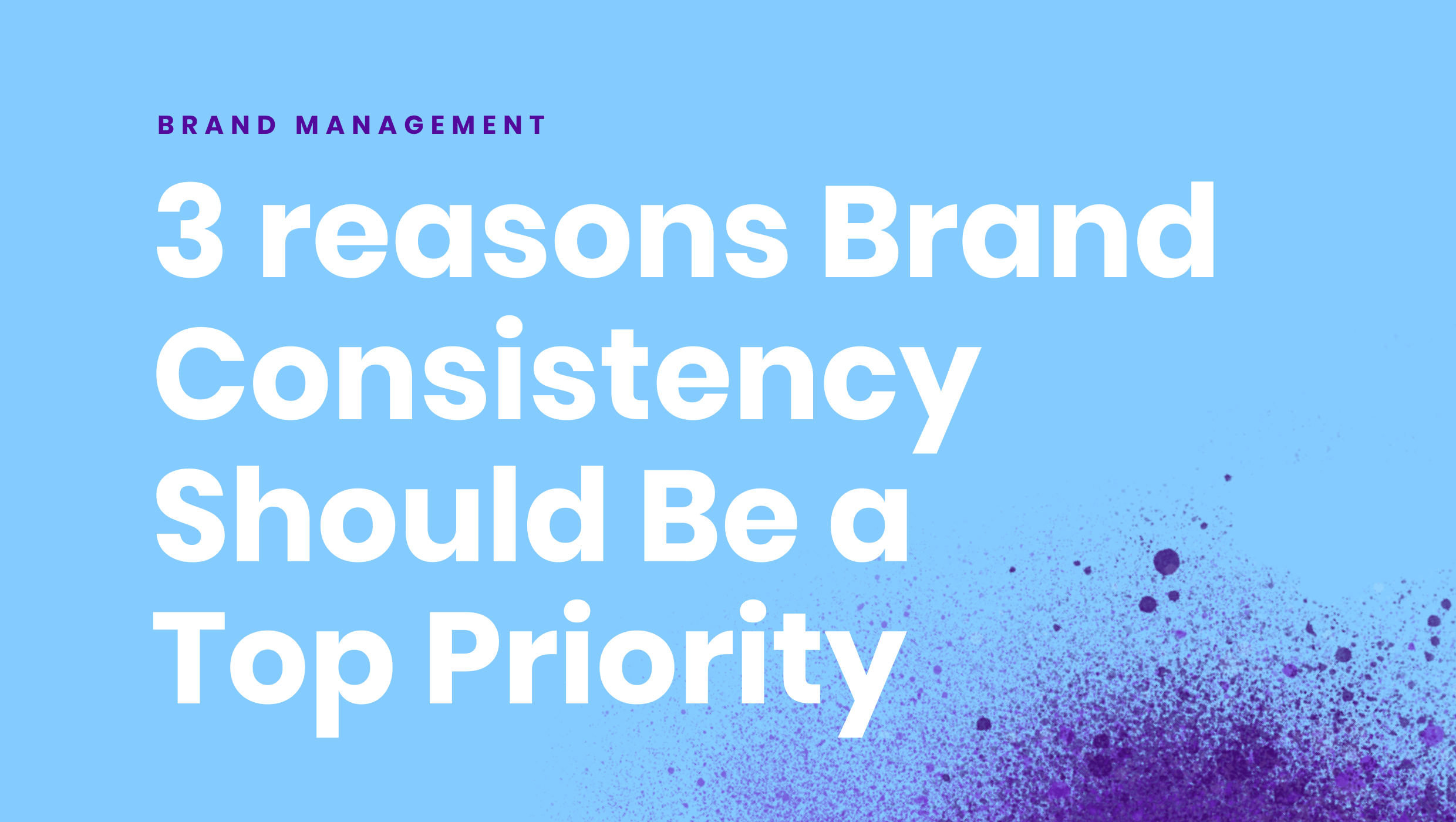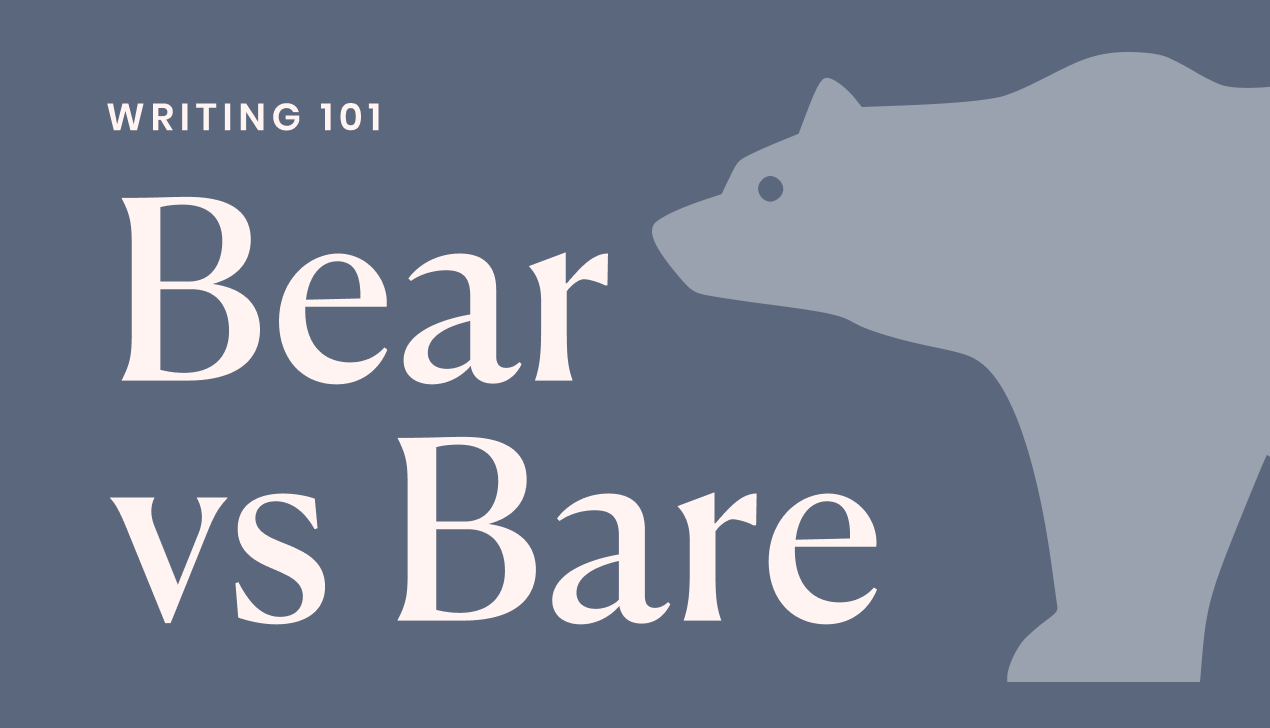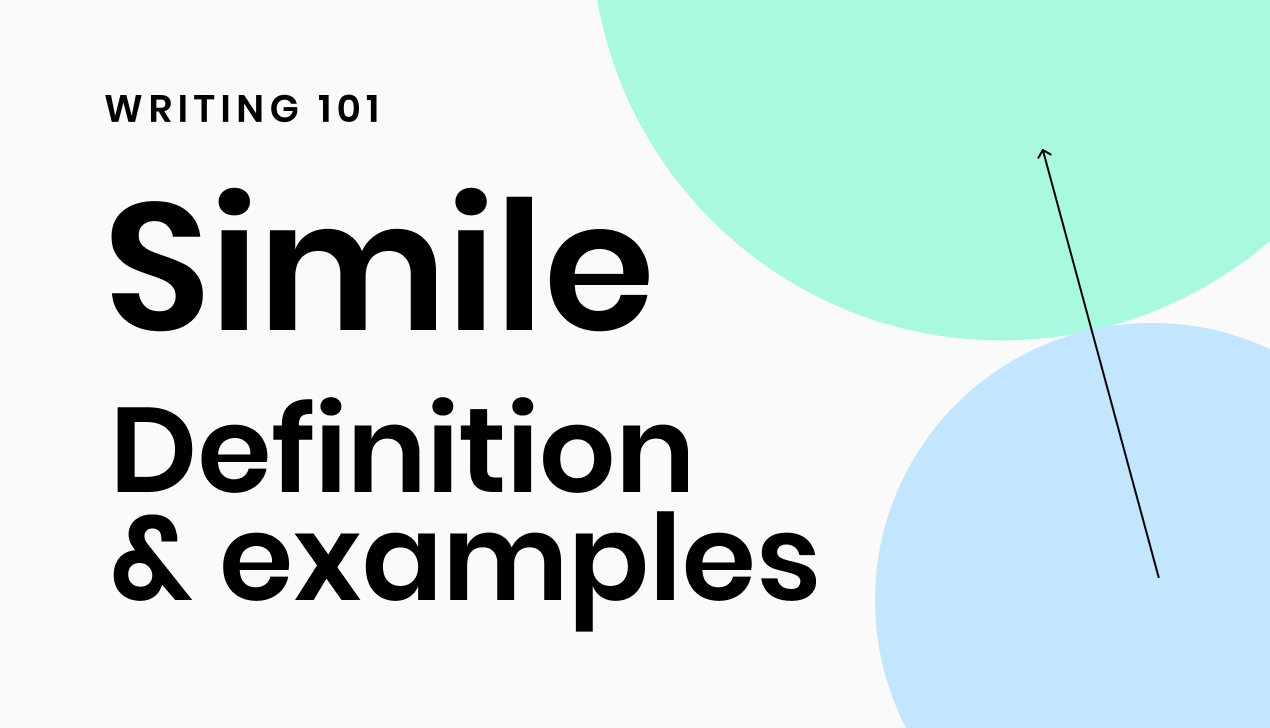Words at work
– 7 min read
Improving marketing content and team morale with style guides
Interview with Andrew Hatfield

More and more, marketers are seeing the value of using a style guide to bring consistency and efficiency to their work. Today, we dive into style guides with Andrew Hatfield, director of product marketing at Portworx. I was excited to talk to Andrew about how they use their style guide to help their marketing content writers.
Andrew has over 23 years of experience in the IT industry across government, as well as both small and large enterprises. He’s worked for end customers, channel partners, and vendors. He has hands-on experience as a technologist, architect, sales specialist, and marketer, and a laser focus on the customer and delivering business-focused outcomes. Andrew has a strong understanding of all aspects of the customer journey and the marketer’s role in influencing positive results.
Q&A with Andrew Hatfield, director of product marketing
1. Thanks for taking the time to talk about how your marketing team uses style guides! First, can you introduce yourself and a different brand whose style you love or feel inspired by?
I’d have to say that one of my favorite brands is the Dollar Shave Club. Not only do they have a fabulous product, but their style is clean, clear, and fun. They definitely don’t take themselves too seriously, but are able to convey their message simply and in a decidedly beautiful way.
2. Why do you feel that having a company style guide is important?
The simplest explanation of a style guide’s benefit is it makes life easier. There’s less to worry about with respect to capitalization, grammar, hyphenation, the Oxford Comma (always a yes!), or whether to double space. This means that you can write new or update existing content more rapidly, and that your copywriter can check your work faster. The same applies as you scale the number of people producing content, especially if you engage external agencies or contractors.
Having a style guide means that you can write new or update existing content more rapidly, and that your copywriter can check your work faster.Click To Tweet3. Why did your company start creating a style guide?
I’ve worked with style guides in previous companies and always found them useful — I mean, who doesn’t like a framework that makes life easier?!
At Portworx, we have a rapidly growing marketing team, and we’ve recently expanded our documentation efforts. While the team is highly skilled and collaborates closely, we grew to the point where unwritten institutional knowledge no longer scaled. We’re very much focused on production and output as opposed to academic exercises — the “go fast, fast” methodology.
After going back and forth a few times with various edits and new marketing content, I simply started to capture the consensus in a shared document. It codified our style. From there it was a relatively simple exercise to extend it further to cover other less often used, but still important, aspects. We’ve since significantly increased our output, including for new personas, and taken on more external writers. This would have been much more challenging without being able to share our style of writing and content structures.
I simply started to capture the consensus in a shared document and codified our style.Click To Tweet4. Creating a style guide is often a team effort. Who owns your style guide? Who uses it across the company?
Our stakeholders are a loosely coupled consensus of myself as Director of Product Marketing, the VP of Marketing, and our CMO. I also make sure I take input from Events and Demand Generation. Final approval is governed by our VP of Marketing.
We have buy-in and constant use by all of our marketing team — including product marketing, events, and demand generation — as well as product and documentation within our engineering organization. Around 13 primary team members regularly reference our style guide.
5. What’s included in your style guide today?
In the beginning, we already had very clear brand styling around iconography, fonts, wordmarks, and colors. We’ve extended that to spacing, hyphenation, capitalization, letter casing, and spelling of industry terms. Additionally we’ve brought more clarity to how we sound in our writing, including the complexity of ideas and how we break down subjects to more easily understood components.
6. How often do you change your style guide?
Our style guide has largely been an effort to bring together what we were already doing. Where I’ve extended our style guides, the team was mostly onboard without much discussion. They’ve been sensible additions that helped us accelerate our marketing content production and reduce rework. At this stage, we don’t see a need to update our style guide regularly. For now, ad hoc is more than enough. It’s not a huge labor and we’re happy with our current branding, tone, voice, personas, writing style, and visuals.
Where we’ve been spending more time is in templatizing document types — specifically for end user-targeted technical documents that have significant external input.
7. Have you seen usage of your style guide positively change business outcomes?
Our style guide has definitely had a positive business impact. Internally, it has helped boost morale and provided a feeling of maturity and growth for our startup as we create and collaborate on content.
Our style guide has helped boost morale and provided a feeling of maturity and growth for our startup.Click To TweetExternally, we’ve increased our consistency and improved our relatability and connection with our audience. This has helped with generating leads, confirming meetings, and connecting with more customer stakeholders. Anecdotally, our sales development reps have reported an easier time connecting with inbound requests since we introduced the style guide, with more positive responses. They’ve increased their average meetings booked per month by just over 273%, while our web traffic has increased by 28%.
Style guides have increased our consistency and improved our relatability and connection with our audience.Click To Tweet8. How do you encourage or make sure content writers use your style guide?
We’re a very close team, and we all want what’s best for the company and our customers. The default position is one of, “How can I make this easier? How can I make this faster?” The style guide has proven to help make life easier and work faster, so there’s been no friction. When we work with a new marketer or content creator, we share the style guide; we’ve found that people adopt it in their writing quite easily.
9. Any final words of advice for people who are working to create a style guide for the first time?
A style guide is definitely worth the effort. Focus on production before perfection, and keep it relevant to your current maturity and needs. Make it too big and it becomes unwieldy; people won’t use it. Focus on solving and codifying the things that people ask about most, or that generate the most contentious debate. Get agreement and then write it down.
Keep your style guide relevant to your current maturity and needs.Click To Tweet






